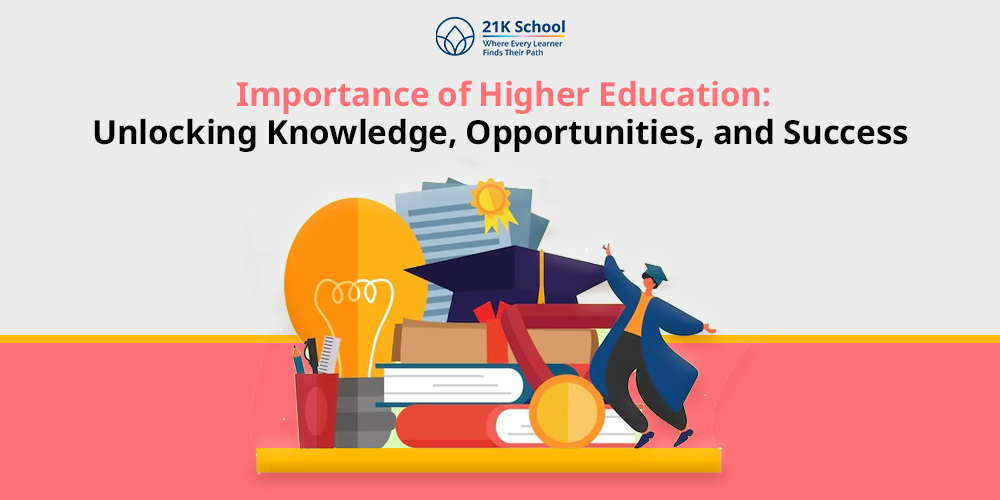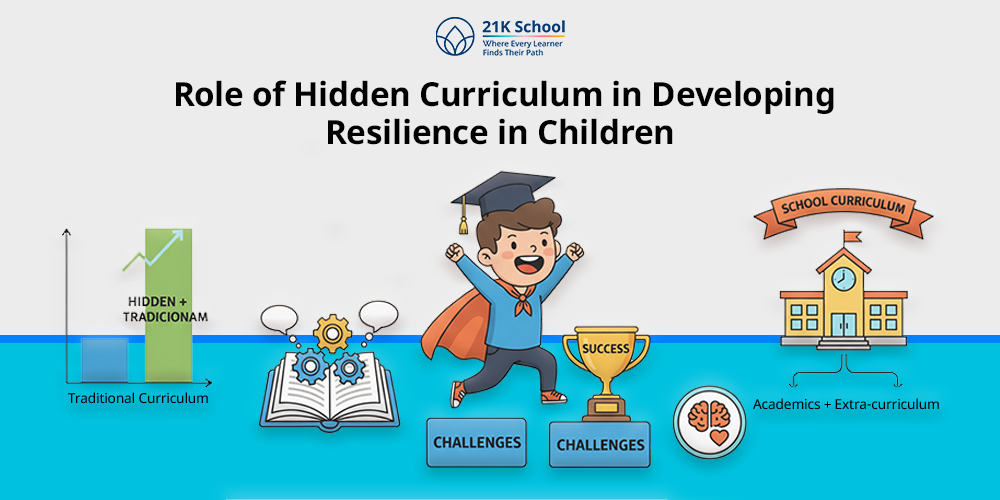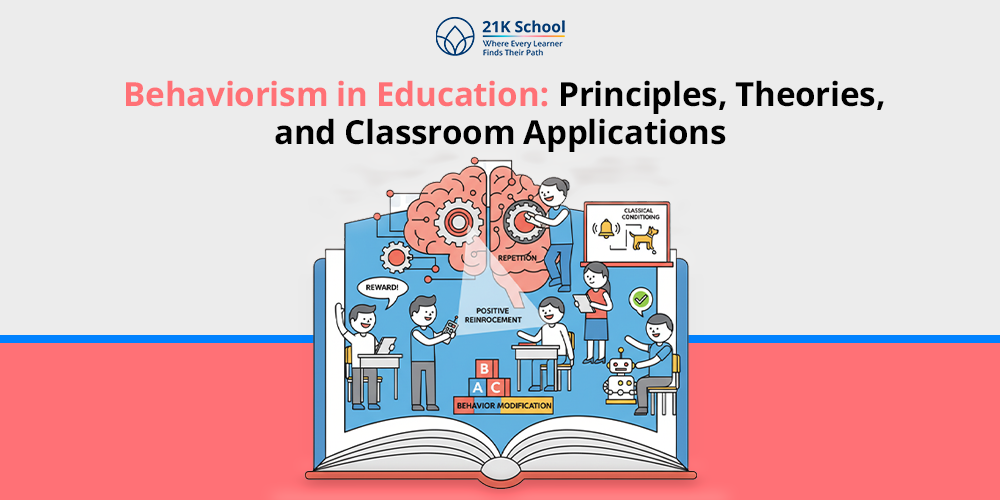
Imagine learning in a smart classroom which helps in improving engagement or taking the guidance of a virtual tutor to gain desired knowledge especially in tough subjects.
Yes, it seems exciting but today’s challenging and rapidly changing world has a lot more than this. AI in education has become a powerful way of learning.
Isn’t it fascinating to know that technology in education has lots of potential benefits like students can learn from anywhere and anytime.
The above mentioned advantages of technology in education are some of the basic points.
Further we will explore what AI in education is and 15 practical AI in education examples in detail.
Contents
- What Is AI in Education?
- 15 Practical AI in Education Examples
- 1. Personalised Learning
- 2. Intelligent Tutoring Systems
- 3. Smart Content Creation
- 4. Task Automation
- 5. Curriculum Development
- 6. Auto Grading
- 7. Chatbots
- 8. Predictive Analytics
- 9. Engagement
- 10. Adaptive Assessments
- 11. Language Acquisition
- 12. AI in Virtual Reality (VR) Learning Environments
- 13. Digital Learning
- 14. AI in Examinations
- 15. AI in Language Learning
- Conclusion
What Is AI in Education?
Education plays a key role in learners’ lives and AI in education offers a new way of learning with interest and engagement.
Artificial intelligence in education means use of smart computerised technology, systems and algorithms to perform various tasks related to teaching, learning, and administration.
The importance of technology in education includes analysing learners data, predicting their performance, and customising their educational experiences.
15 Practical AI in Education Examples
To understand the role of technology in education one must discover the top 15 practical AI in education examples which reduce traditional classroom struggles.
1. Personalised Learning
One of the reasons why including AI technology in education is “Personalised Learning ”.
As every student has their own challenges and academic struggles in a traditional classroom , AI resolves this problem through tools.
Through 24/7 assistance and timeline feedback on tests, projects, and content each learner achieves desired results.
2. Intelligent Tutoring Systems
Through AI-based tutoring systems students can get various benefits such as guidance in solving complex problems and quick feedback.
From personal math tutor to practicing different languages, virtual tutor helps students anytime anywhere.
One can avail the advantage of independent learning especially when teachers are not available.
3. Smart Content Creation
Teachers creating education related content need much time and dedication. However, artificial intelligence can become helpful.
The contribution of technology on education ensures effective and smart content creation like quizzes, flashcards, summaries, and educational activities .
4. Task Automation
Facilitators always engage in different activities in daily classroom learning such as attendance tracking, scheduling, and preparation of students’ reports.
However, implementation of AI in education helps facilitators to manage workload and focus on teaching.
It is an ideal way to manage and control different operations.
5. Curriculum Development
One of the common examples of AI in education is curriculum development. Direct AI to analyse previous curriculum, understand the need and create up-to-date versions.
This helps in the right alignment of students’ needs. It is important for real life challenges and career growth.
6. Auto Grading
The impact of technology in education is a lot wider than expected. It is not limited to creating engaging content or virtual tutor.
Through AI-assisted grading systems facilitators ensure correct grading with feedback. It quickly analyses multiple-choice questions, short answers, and essays.
With consistency and unbiased evaluation it is an ideal example of AI in education.
7. Chatbots
AI chatbots are virtual assistants that help teacher students and schools to fulfill different needs.
It guides students in homework , teachers in performance analysis, and school in administration. For example, universities use AI tools to solve academic queries.
It is an ideal to increase student engagement and provide 24/7 support.
8. Predictive Analytics
To forecast students’ performance, predictive analytics is one of the best ways to use AI in education.
This is very helpful for facilitators to understand students’ challenges in advance and offer timely academic guidance.
It improves engagement, retention ability, and offers personalised learning.
9. Engagement
Student engagement , especially in this modern world, is difficult. But, not now because the contribution of technology in education can make a big difference.
Facilitators can use various tools to track engagement and identify the areas of improvement required.
Artificial intelligence in learning is an effective way for kids who lose interest or struggle with content.
10. Adaptive Assessments
Traditional classrooms often use common assessments but AI has an ability to create assessments which adjust the difficulty level for different learners.
It is an ideal opportunity for special needs students and slow learners. To reflect the accurate performance adaptive assessments is important.
11. Language Acquisition
Learning different languages in today’s modern education system is important but students often take longer to become professional.
Through the different AI powered tools learning a second language becomes easy. Also, explore the top benefits of learning a second language .
Tools help in pronunciation, grammar, and vocabulary through personalised exercises. Individuals can learn at their own speed.
12. AI in Virtual Reality (VR) Learning Environments
The collaboration of artificial intelligence and virtual reality is a massive hit. It offers customised experience.
For example, medical students performing surgery by the guidance of AI feedback.
13. Digital Learning
There are various e-learning platforms designed for smooth flow of learning. For example, Coursera, Udemy, and EdX for students.
These platforms help to track students behavior and need to offer the most appropriate recommendation. By this way students can set short-term and long-term goals.
14. AI in Examinations
Conducting examinations is an important part of learning to understand the knowledge level of students.
With AI-based proctoring systems in exams schools can detect cheating or unethical behavior.
It is an amazing way to make the examination process secure, transparent, and scalable.
15. AI in Language Learning
With the help of AI in language learning has become easy for students. Tools like Google Translate and Grammarly are some of the ideal options.
It not only guides in learning a new language but also improves writing and communication skills especially for students who struggle to communicate.
Students can improve their confidence, self-esteem and be ready to connect with the world.
Conclusion
The role of AI in education is wider which transforms students’ learning and classroom experiences.
The importance of AI in education can be seen in everything from personalised learning to performance analysis and instant feedback.
School, teachers and parents also take the benefits to create a positive learning environment
. AI is now taking the pathway of learning smarter, faster, and inclusive.
It’s time to adapt the approach to concur the educational opportunities and step into the future of AI in education
.



